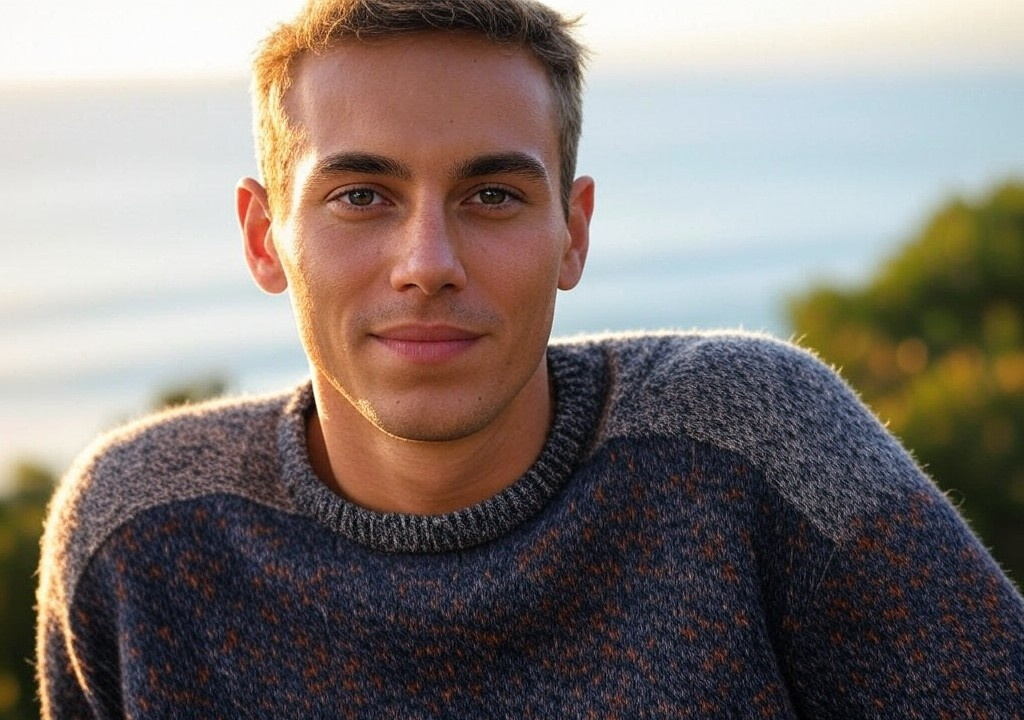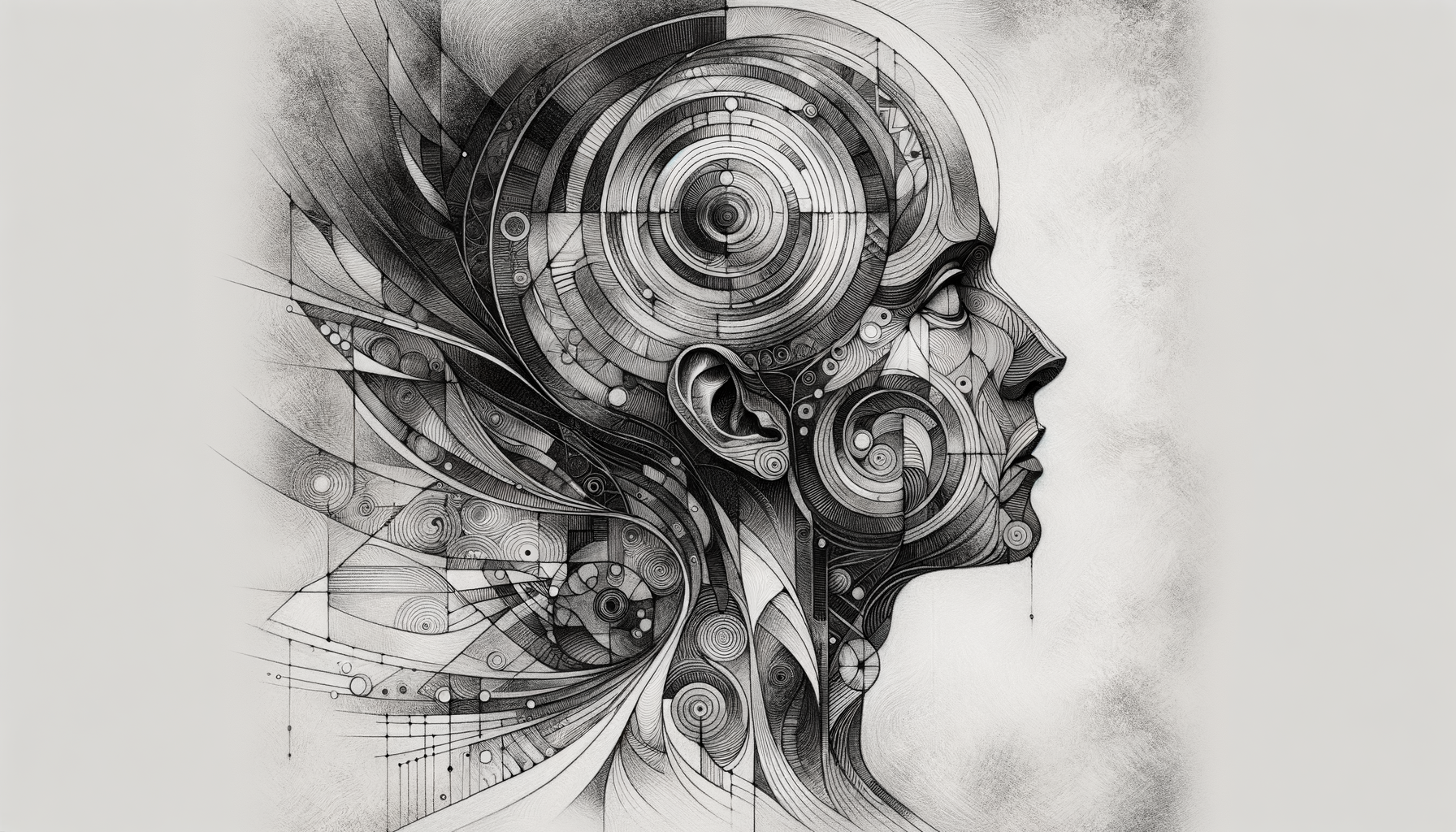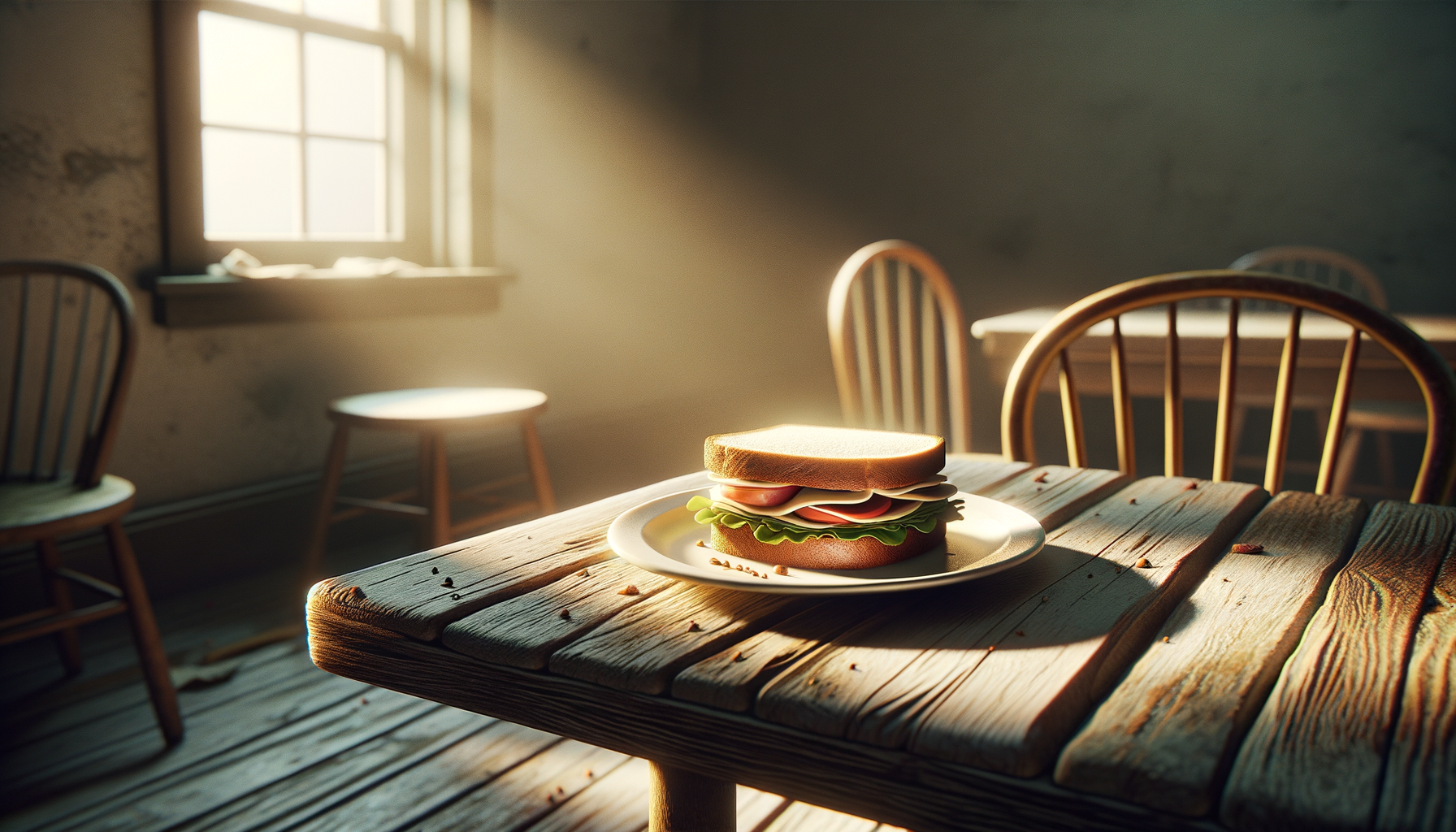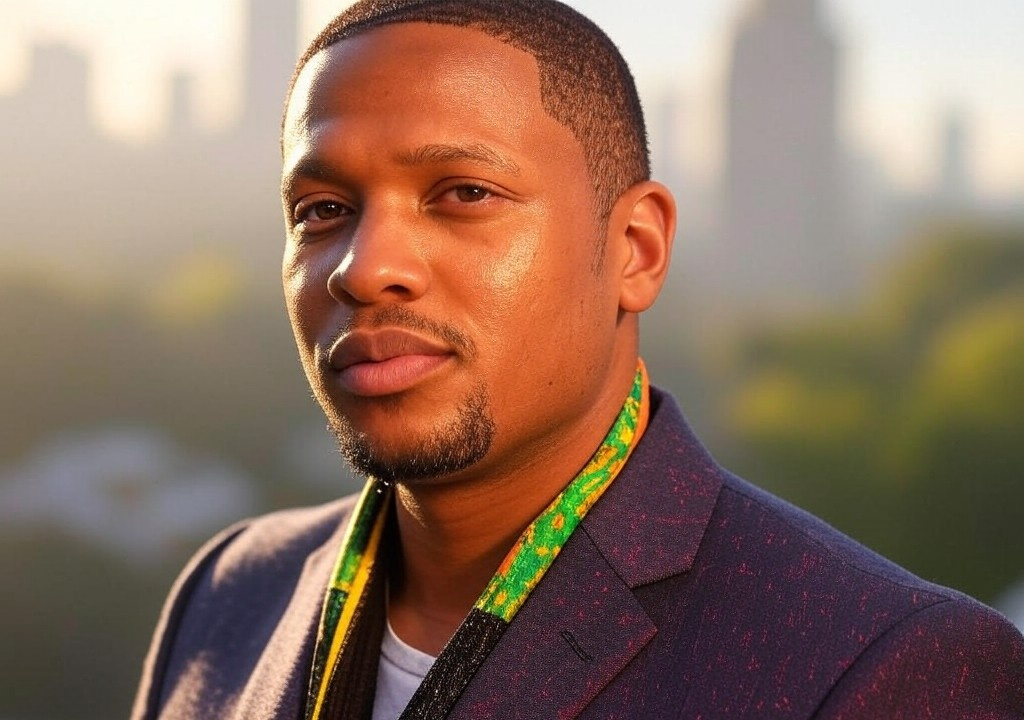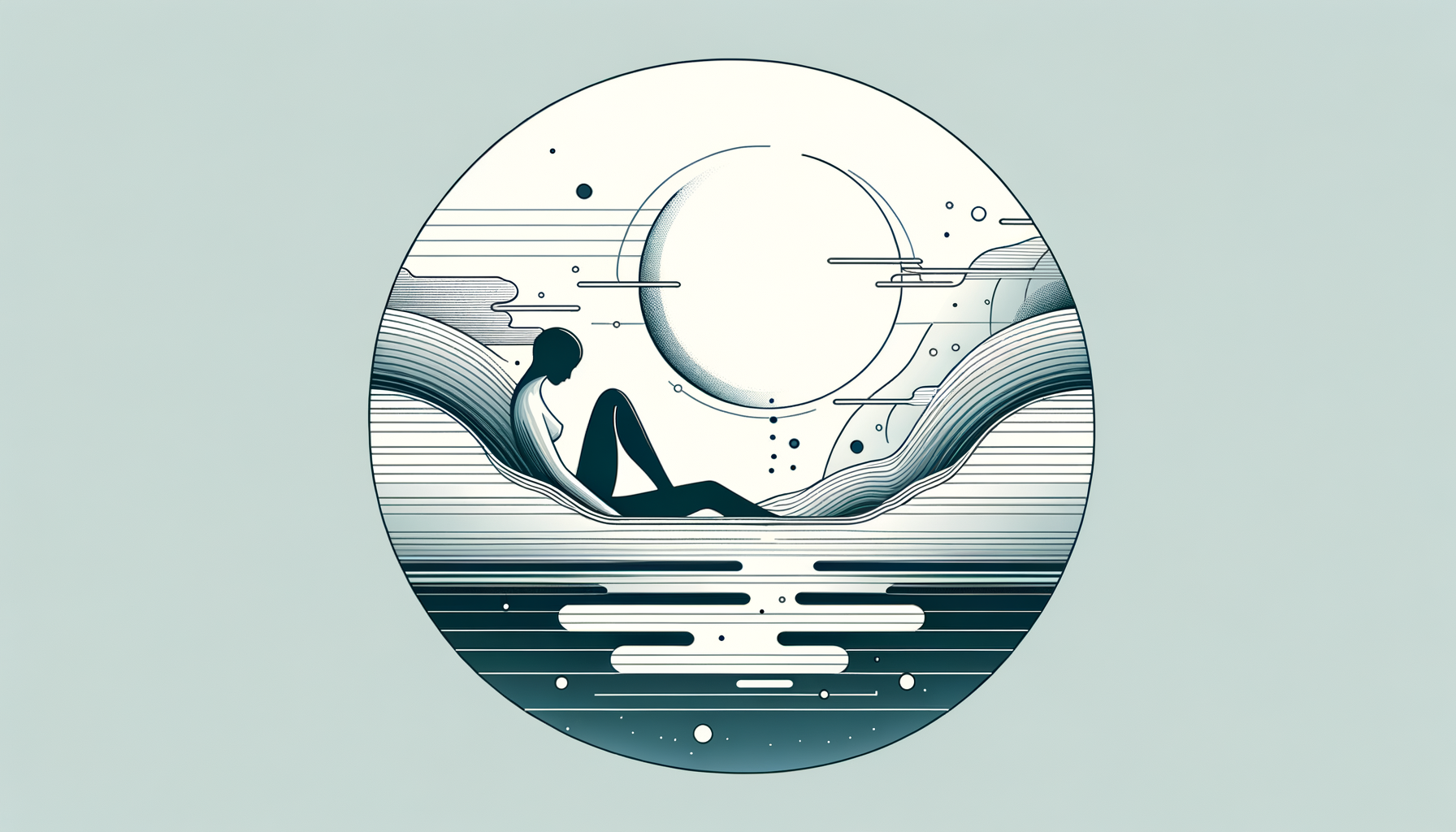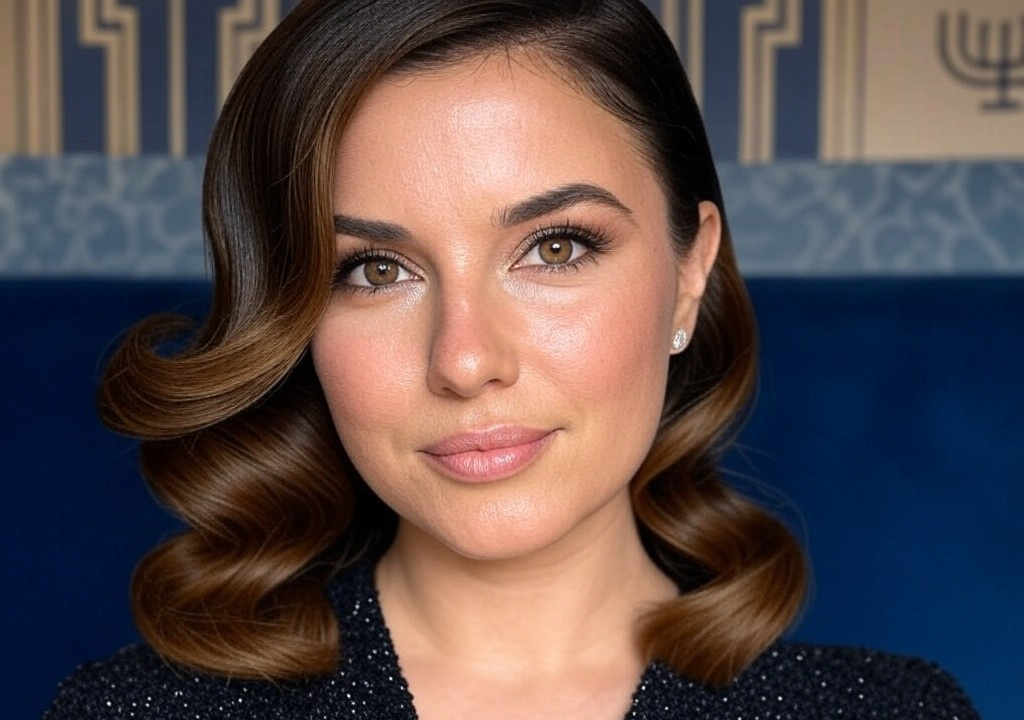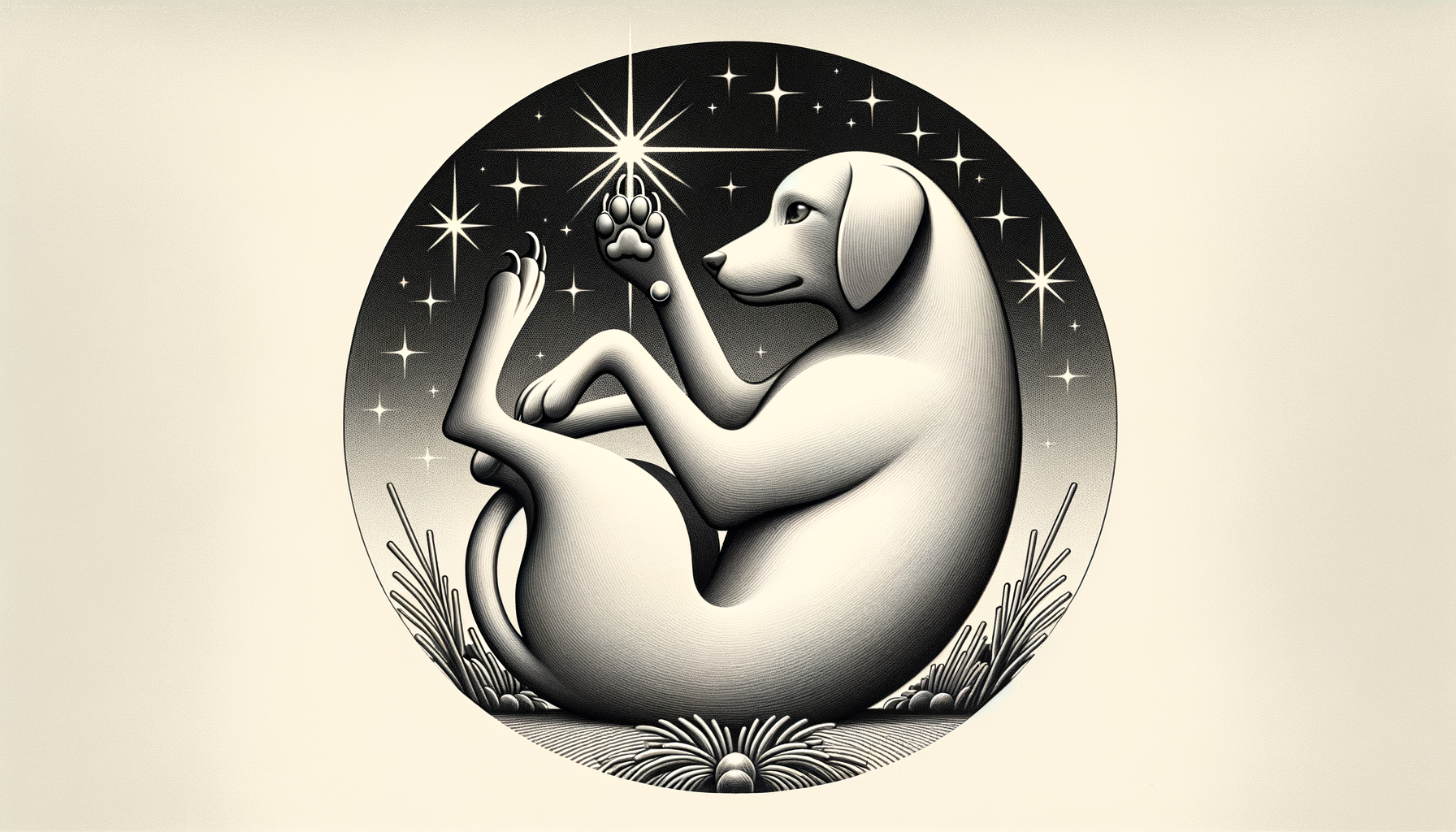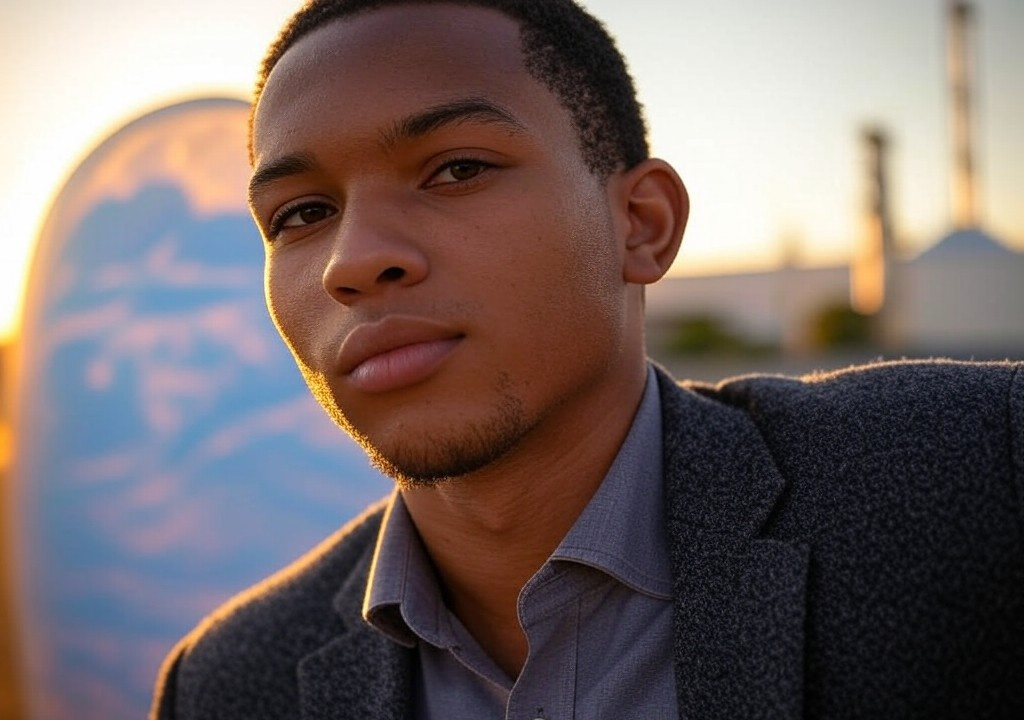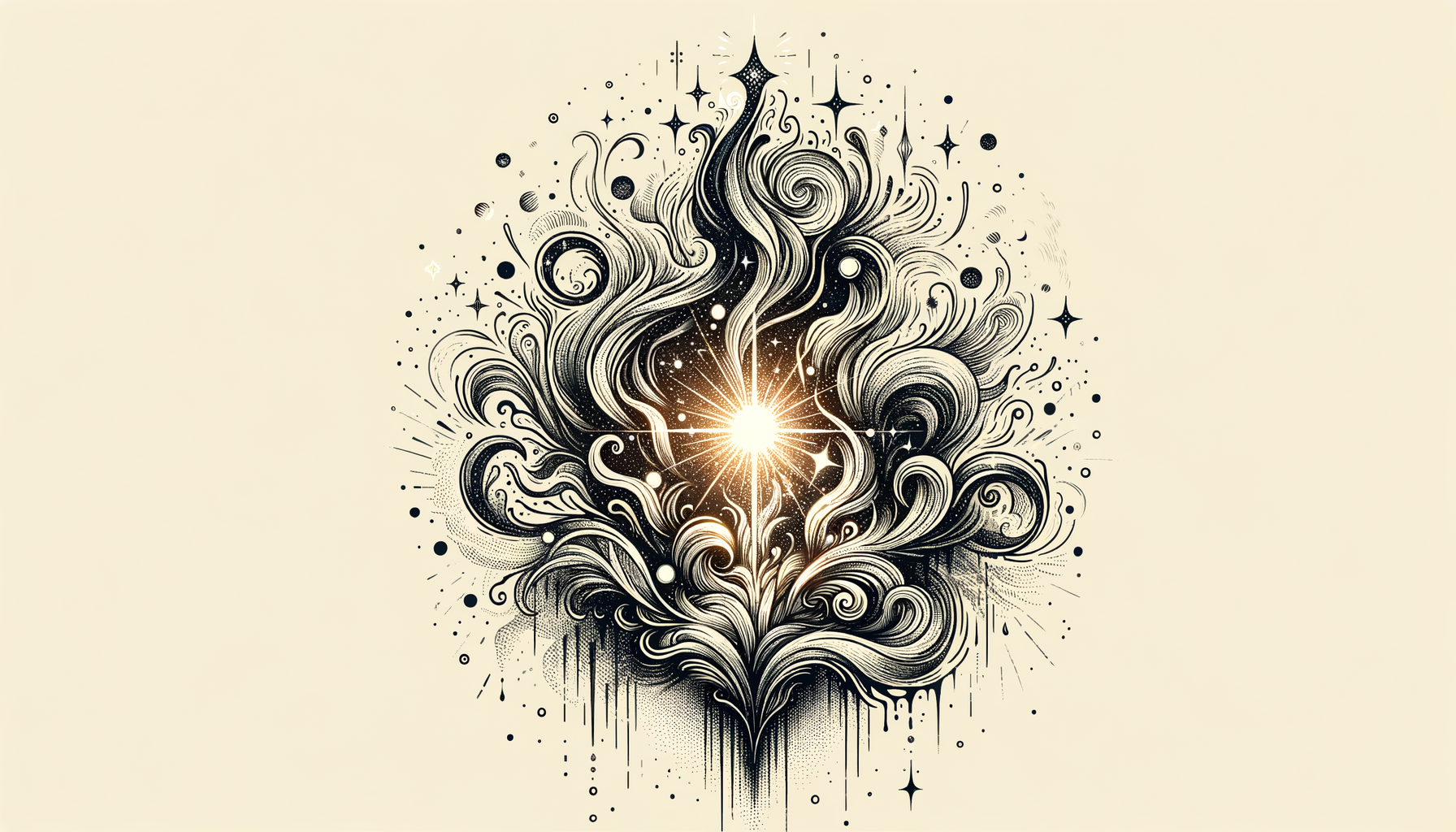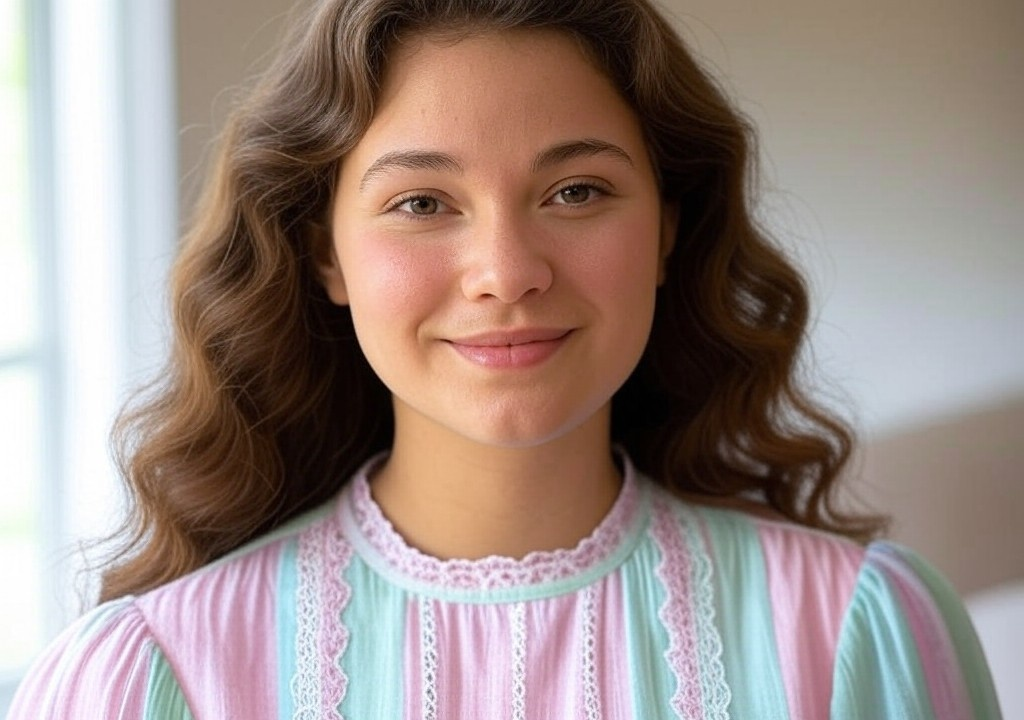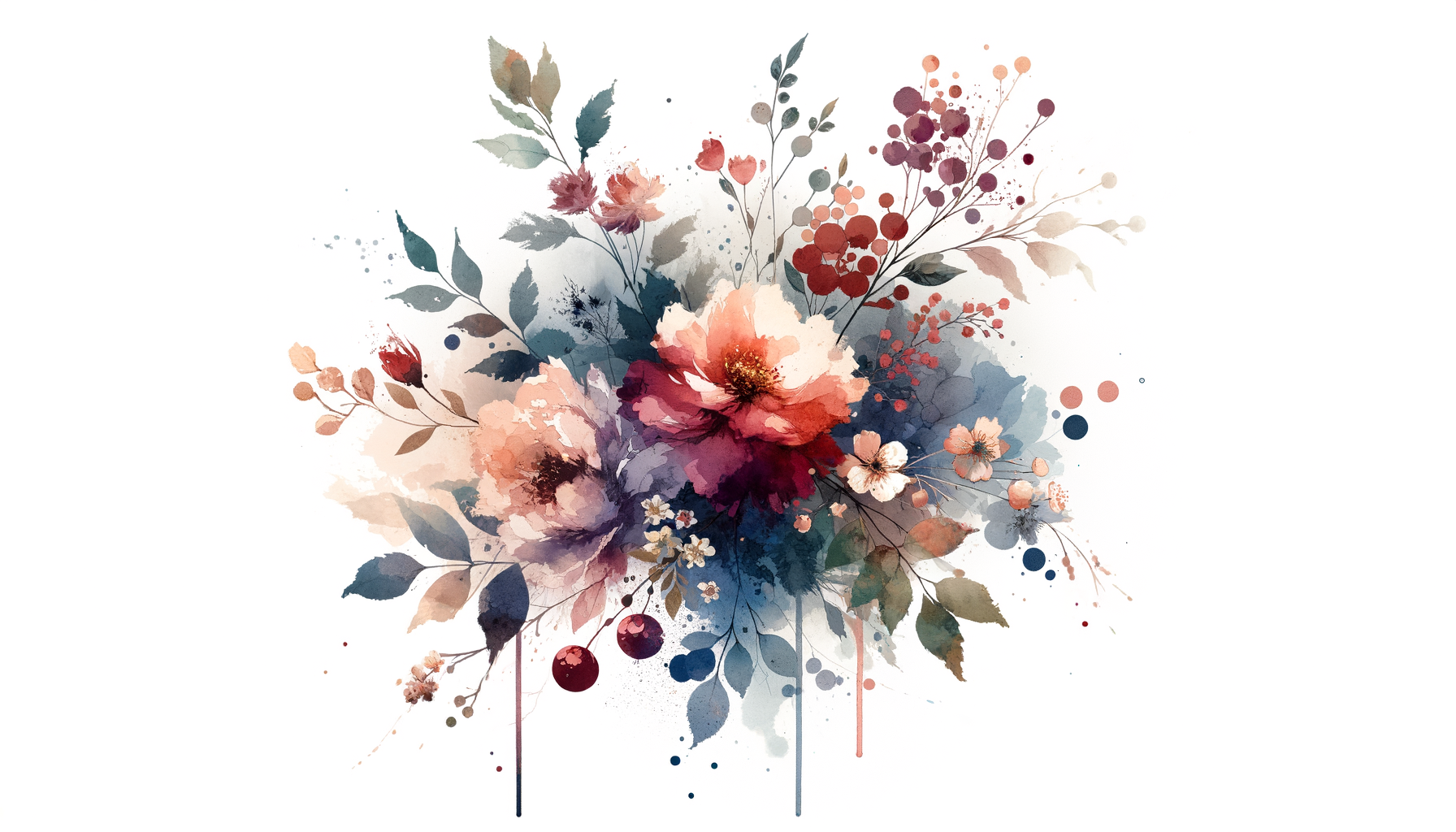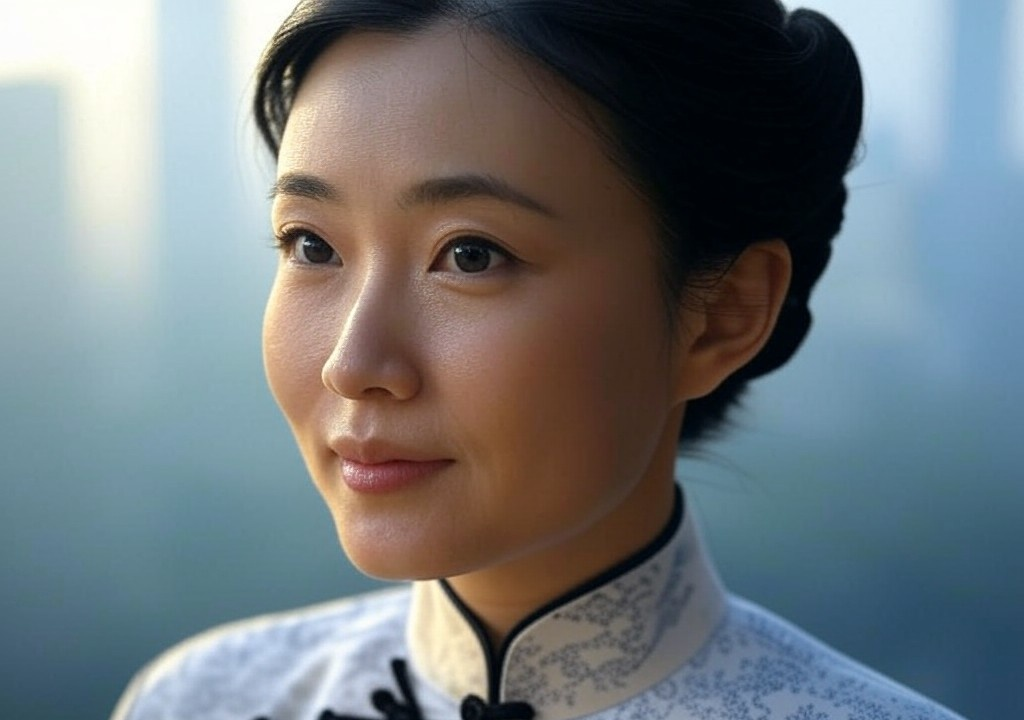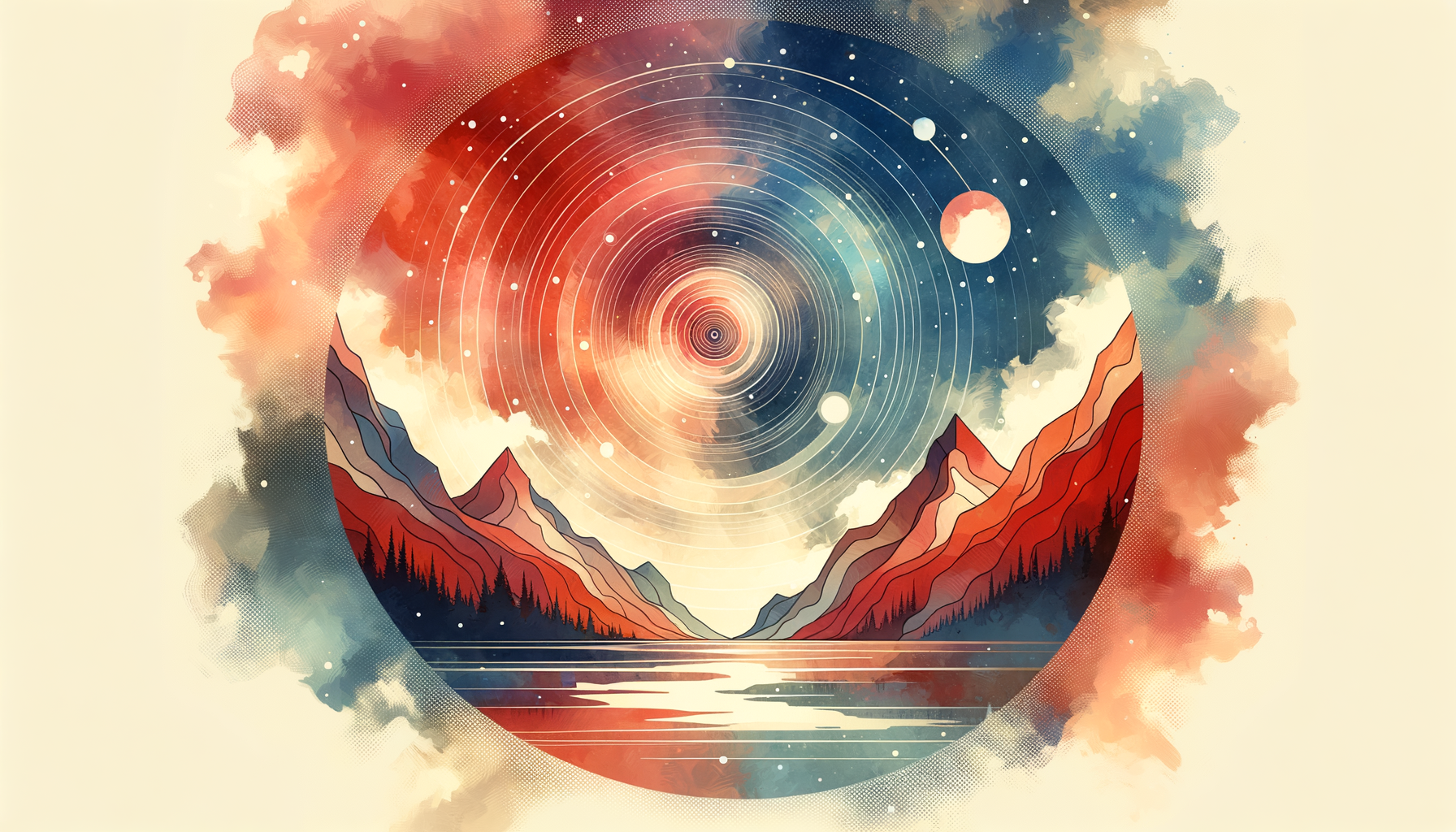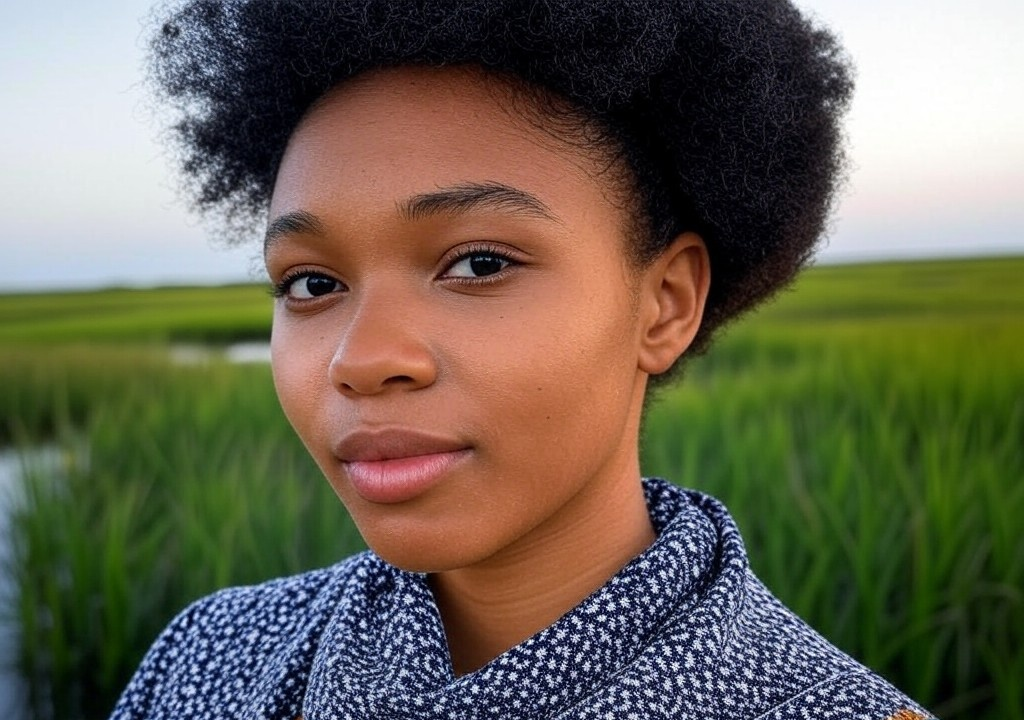The Person Who Saw Me
The Wake-Up Call I Didn’t Know I Needed
It started in Palo Alto, during my first semester as a master’s student in Creative Writing. I was drowning in this existential soup of self-doubt and caffeine. My writing was fine, I guess. Mediocre at best. I’d workshop a story, and amidst the polite nods of my colleagues, I’d brace myself for critiques that were always some variation of, “It’s nice, but what’s it about?” Fair question. I didn’t know. Maybe it was about the crumbling cliffs of the Santa Barbara coastline. Or the average guy with an above-average breakup playlist stranded on them. But mostly, it felt like I was writing about…nothing. Or maybe myself? Honestly, who knew.
That’s when I met her. Caitlin Prescott, my faculty advisor—a dry-witted former journalist who wrote like Joan Didion had a love child with a flamethrower. She could zero in on a buried truth in your writing like a hawk spotting a fish in turbidity. Caitlin wasn’t the type to hand out compliments wrapped in bubble wrap, and I respected that. What I didn’t expect was how, over the course of two years, her ability to truly see me would flip my entire trajectory on its head.
When Fluff Isn’t Enough
I’ll never forget the very first one-on-one with Caitlin. She leaned back in her chair, glasses halfway down her nose, scanning a page of my story where a couple awkwardly bonded over their “mutual love of the outdoors” (read: they went on one hike and ghosted each other). She set the pages down and said with brutal precision, “You’ve got a voice, Chris. But the problem here is… you’re trying to tell a story someone else would write. What are you trying to say?”
I stammered through a response about what I thought people wanted to read—something deep and poignant, something profound. She shook her head. “That’s not profound. That’s performative. What are you saying? Be real with it. Be you.”
Honestly, it felt like someone had handed me a mirror when I was expecting a pat on the back. But it hit me. Caitlin wasn’t critiquing my story as much as holding up a flashlight to my blind spots. She saw the potential in my voice, even when I didn’t. And like a good friend or a subtle romantic interest in every indie film ever, she gave me a nudge toward remembering who I was.
The Breakthrough Moment
One day during office hours, Caitlin asked about where I grew up—the cliffside hikes, the tide pools, the sleepy afternoons stretched endlessly under crooked oak trees. “You’re lucky,” she said. “You’ve got a backdrop that’s cinematic. Use it. Emotion and place are linked; lean into how your surroundings shaped who you are. The details say more about someone’s vulnerability than a monologue ever will.”
So, I tried. I started writing stories where the spontaneity of the Santa Ana winds could blow apart relationships or where an unspoken truth between two characters lingered like marine fog over a Channel Islands cruise. And as my voice emerged, my confidence followed. Caitlin kept me honest, too. “If it feels too easy,” she’d say, “you’re not digging deep enough.”
Her style of mentorship felt alarmingly close to therapy. (Side note: If she was charging therapy rates, she deserved every penny.) She didn’t just improve my writing; she connected me to my inner world, my natural rhythms. Relationships started making more sense in my stories—whether that was between characters, or my relationship to myself.
What Caitlin Taught Me About Being Seen
Here’s the thing about anyone who takes the time to truly see you: they’re not just highlighting your good side. That’s a photographer’s job. People like Caitlin see your talent and your hesitations. They recognize your potential and the excuses you make for not living up to it. They don’t put you on a pedestal. Instead, they nudge you to climb up there yourself.
That translates to relationships, too. How often do we want someone to love the “best” version of us—the one that’s smoother, shinier, filtered for imperfections? But Caitlin taught me that real connection comes from embracing the messiness. The version of you who gets sand in their hair because they couldn’t resist lying on a beach with a bag of takeout. The one who fumbles a little but keeps going.
Being the Person Who Sees Others
Here’s the takeaway. We all need at least one Caitlin in our lives. Someone to say, “You’re better than this half-baked version of yourself.” And, more importantly, someone who believes in your potential—and says it out loud. And if you don’t have that person yet? Maybe you are that person for someone else.
We talk about relationships in general terms—who did what, who left first, who stayed. But the most transformative relationships, platonic or otherwise, aren’t built on grand gestures. They’re built on that one time someone cared enough to notice you were playing it safe and called you out.
The Wrap-Up
So if you’re wondering how to deepen a connection—whether it’s with a friend, a partner, or yourself—try this: instead of waiting for someone to “get you,” ask how you can better see others. Notice their strengths. Call them out gently, humorously, if they’re hiding parts of themselves. Caitlin took the time to do that for me, and it shifted my entire notion of what I wanted—not just in writing, but in life.
Her voice still echoes in my head when I’m staring at an empty Word document or having yet another vulnerable conversation that feels like cartwheeling through an emotional landmine. “What are you trying to say?” And sure, sometimes I still don’t know the exact answer. But I do know this: the act of trying says more than I can put into words.


